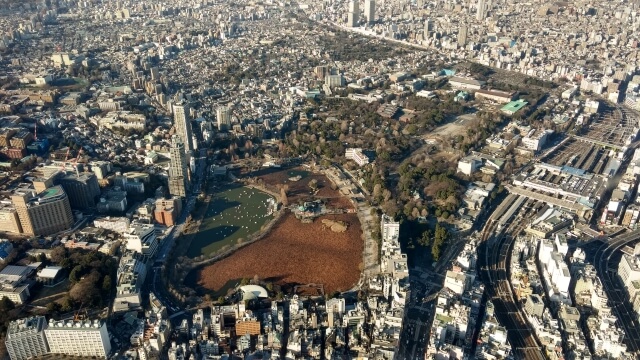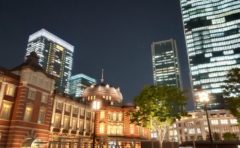“Ueno Park” in Taito-ku, Tokyo is the official name “Tokyo Metropolitan Ueno Park (Ueno Onshi Koen)”.
It is a park in the jurisdiction of the Tokyo Metropolitan Construction Bureau, with a land area of 530,000 square meters. There are numerous cultural facilities such as museums and zoos, and they also play a role as a collective area of culture and art.
What is “Ueno Park”?
As one of the first designated parks in Japan since the completion of the opening and opening of the city in 1876, Ueno Park has been popular as a citizen’s place of recreation for 140 years.
“Ueno Park” is called “Mountain of Ueno” because it is located in the Uenodai tongue plateau formed at the end of the Musashino-daichi area.
Moreover, it is also called “Ueno no Mori” from its dark green outing.
After the Meiji Restoration, it became a public land, and since then the Tokyo Metropolitan Government has been granted through the Imperial Household Agency, the official name is “Ueno Impression Park”.
Later on, facilities such as “Tokyo National Museum”, “National Museum of Western Art”, “National Science Museum”, “Ueno Zoo” are newly established, and now there are many facilities in a large site of approximately 530,000 square meters. It has transformed into a park where culture is scented.
Ueno Park’s Highlight
There are many spots full of highlights in Ueno-Onsen Park. If I try to enjoy everything, it is so much that I am missing it in a day! Let’s enjoy the walk by focusing on the target according to the season and purpose.
Shinobazu Pond and Bentenjima (Nakanoshima)
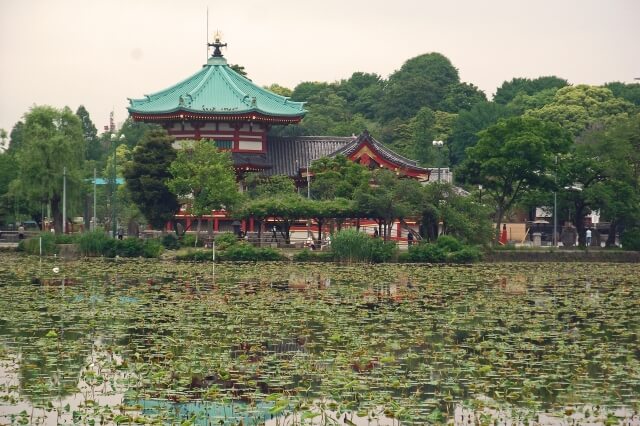
A large natural pond “Shinobazu Pond” spreading south of Ueno Onsen Park. There is “Bentenjima (Nakanoshima)” that enshrines the Benzaiten in the center of the Shinobazu Pond.
In addition, Shinobazu Pond is a levee set up for walking, and it is characterized by being divided into three ponds. It consists of rowing boats, swan boats, “boat ponds” where you can enjoy cycle boats, “Lotus Pond” covered on one side and “Cormorant pond” where cormorant breeds.
Takamori Saigo statue

“Saigo Takamori Statement” which is called “Ueno’s Nishigo-san” and is familiar is standing near the front entrance of “Ueno Park”. A statue of a soldier / politician, Takamori Saigo, who contributed to the bloodless castle of Edo Castle and built the cornerstone of the new era was built with donations collected from the whole country and the Imperial Household Agency’s grant.
Ueno Toshogu Shrine (important cultural property)

“Ueno Toshogu Shrine” enshrined by Tokugawa Ieyasu, Tokugawa Yoshimune and Tokugawa Yoshinobu was built by Todoke Takao who served the Tokugawa family in 1627.
There are five important cultural properties designated by the country. The “main hall” where the exterior wall was gorgeously sculptured is also called “golden hall”.
It is also a must-see “Tankan” with sculptures of rising dragons and descending dragons, and “transparent wall” beautiful sculptures in which flora and fauna have been drawn vividly vividly. In addition, it is full of highlights including 48 “Covered Lantern” dedicated from various Daimyo nationwide, as well as the sturdy “Oishi Torii” which was not so tilted by the Kanto Earthquake.
Old Kanei-ji 5-storied tower (important cultural property)

“Kanei-ji” was founded in 1698, the present place of “Ueno Park fountain”. After that, it disappeared by the Boshin War, only the five – storied tower located in the Ueno Zoo of the current incense was left.
The “designated former Kanonagashi five-storied pagoda”, a nationally designated important cultural asset, was built in 1631 and was rebuilt in 1639.
National Science Museum
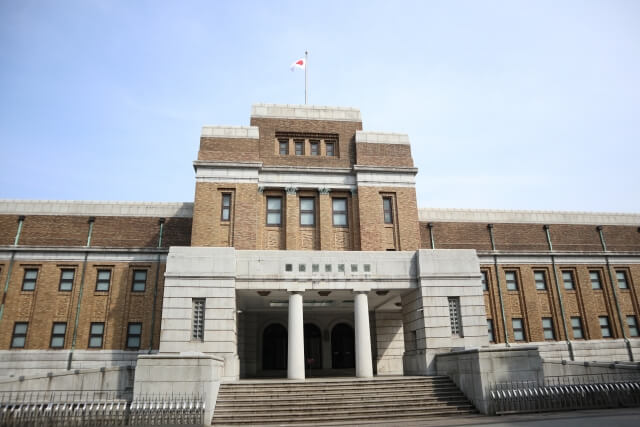
“National Science Museum” is a museum established for the promotion of natural science and social education. It is also the only national museum in Japan that is managed by the National Science Museum.
Approximately 4 million rich display volumes are attractive such as the faithful dog Hachiko, the Japanese wolf, which is supposed to be extinct, the stuffed giant panda and the moon stone.
National Museum of Western Art
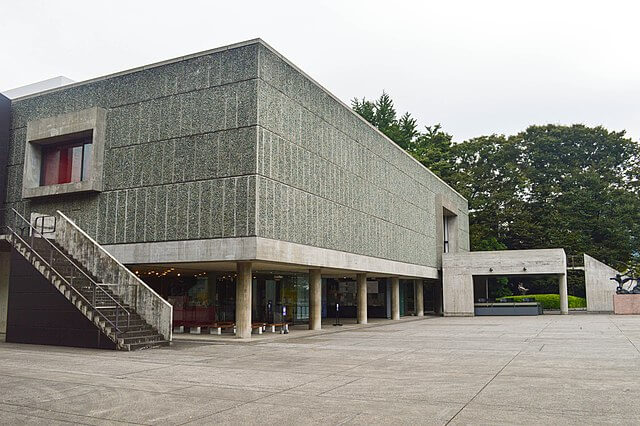
In 1959, the National Museum of Art, founded based on businessman Ms. Kojiro Matsukata’s “Matsukata Collection”, is the “National Museum of Western Art.”
Impressionists such as paintings of the 19th and 20th centuries, monet’s “water lily” centered on sculpture, and Rodin “thinkers” etc are stored.
The design of the National Museum of Western Art was created by Le Corbusier of the modern architecture and was designated as an important cultural property of the country in 2007.
Tokyo Metropolitan Art Museum
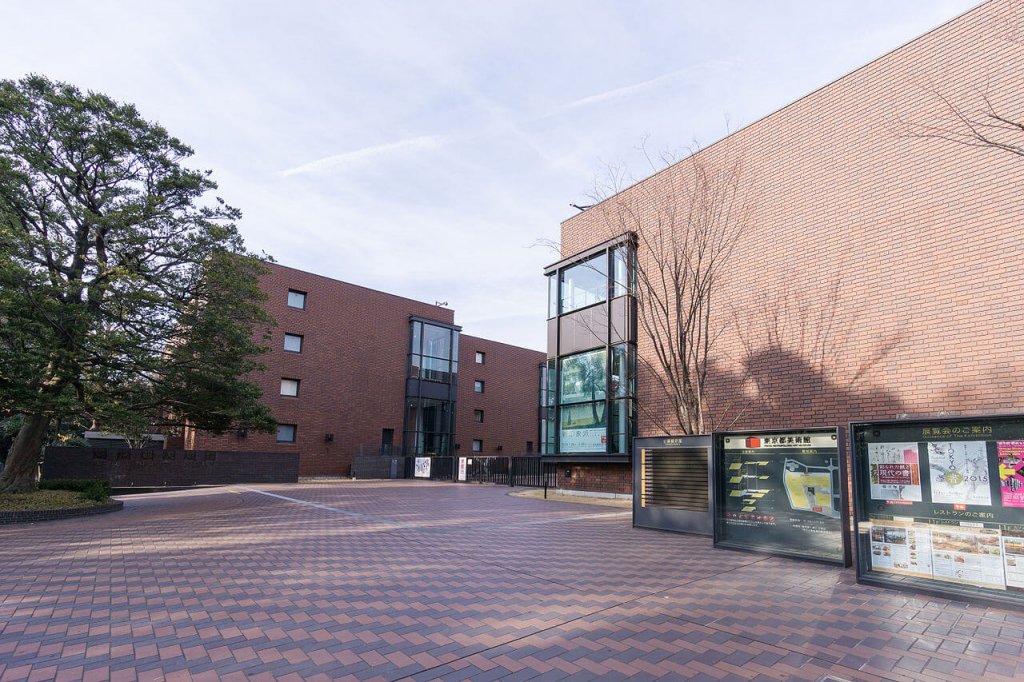
“Tokyo Metropolitan Art Museum” was born in 1926 as the first public art museum in Japan. We mainly hold exhibitions and exhibitions organized jointly with the media.
Ueno Royal Museum
“Ueno no Mori Art Museum” near Saigo Takamori statue is a private art museum established in 1972 by the Fuji Sankei group.
Special exhibitions and public exhibition by borrowing the collections of overseas museums are held from time to time.
Ueno Zoo
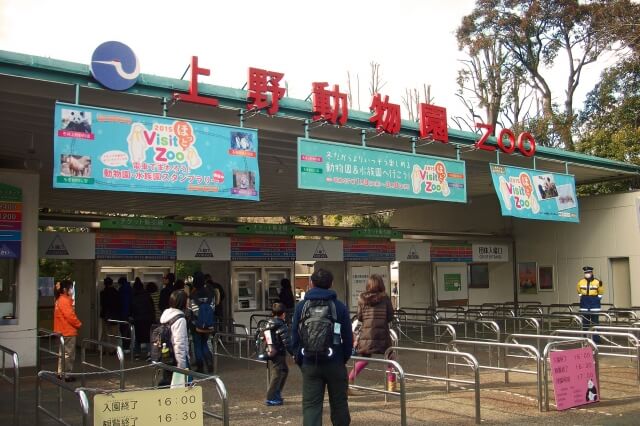
“Ueno Zoo” in “Ueno Park” is the oldest zoo in Japan which opened in 1882. Giant panda’s “Lee Li” and “Shinshin” are famous, but in addition there are many rare animals such as the Pear Roland Gorilla, Sumatran tiger, Okapi, Kobitokaba.
The type of breeding animals that are said to exceed 500 species are the second most in Japan next to Higashiyama Zoological and Botanical Gardens, Japan is the number one annual number of visitors.
Seasonal events that can be enjoyed at “Ueno Park”
“Ueno Park” is a lively spot where various events such as art festivals, food events and music festivals are held. In addition, the rich nature in the park interweaves the beautiful scenery every season, and entertains visitors.
Spring: Cherry blossoms of Naka-Dori (Yoshino cherry tree)

“Ueno Park” which is also one of the most famous cherry blossoms in Tokyo.
As Sakura Front approaches, the inside of the garden is crowded with flower viewers. About 1,200 cherry blossoms called Amami Amami transplanted from Yoshino mountain. Blooming mainly KoenNaka-Dori, I am entertaining people.
Summer: Lotus in Shinobazui Pond
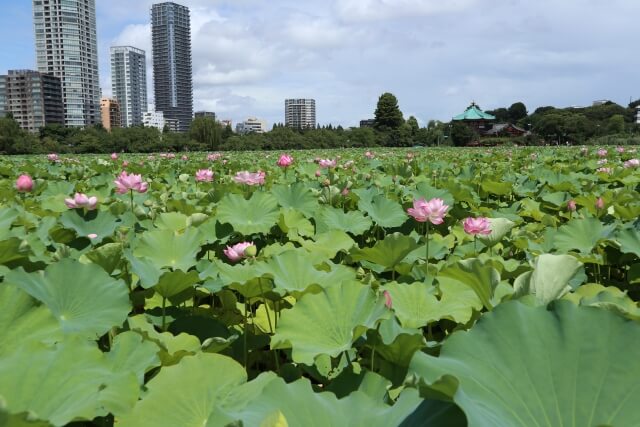
The lotus of Shinobazu Pond loved by the citizens as Tokyo’s summer scenes makes flowers bloom all at once from July to August every year. If you would like to enjoy the lotus blooming in the pond nearby, you will find a “lotus observation zone” maintained inside the lotus pond.
Also, from the early morning to noon the best time to see the lotus flowers. Flowers will close in the afternoon, so let’s hurry ahead and leave.
Winter: Waterfowl flying into Shinobazu Pond
Bird watching is recommended in “Ueno Imperial Park” in winter. More than 10,000 ducks fly from the northern country, resting wings around the Shinobazu Pond. Various kinds are also available, such as Onaga-gamo, Hoshihajiro, Ohban, Kinkuro-Hajiro and Hidorigamo.
Ueno Park map and access

Ueno Park
Ueno Park 5-12, Taito-ku, Tokyo, 110-0007
Opening Hours: 5: 00-23: 00 (no trespass outside)
Closed: December 29 – January 3 (office work suspended)
· When using a train
About 2 minutes on foot from “Ueno” station of JR · Tokyo Metro Ginza Line · Hibiya Line
About 5 minutes on foot from “Ueno Okachimachi” station on the Oedo Line Toei Subway
About 1 minute on foot from Keisei Line “Keisei Ueno” station
